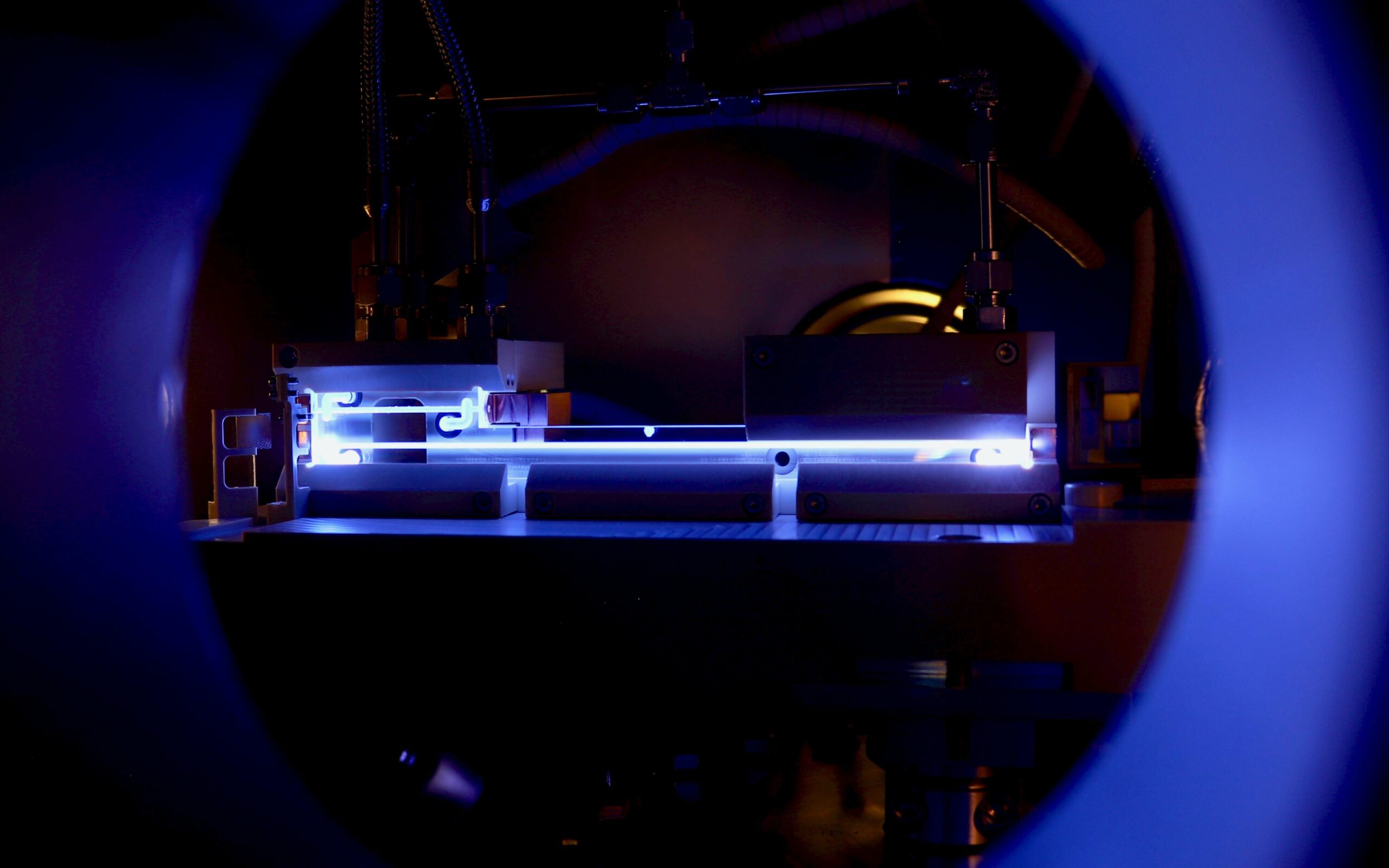How bright is the focused beam in a particle accelerator? This seemingly straightforward question is imbued with complexities that transcend mere luminescence. The brilliance of a focused beam of charged particles is measured in more than just visibility; it intertwines with concepts of energy, intensity, and even the very fabric of quantum mechanics. To elucidate this topic, one must navigate through multiple facets including the science behind particle acceleration, the underlying physics governing light and particle interactions, and the implications of beam brightness.
The journey begins with understanding the fundamental principle of a particle accelerator. These remarkable instruments propel charged particles, such as electrons or protons, to velocities approaching that of light. The acceleration process involves an intricate dance of electromagnetic fields within a vacuum tube, minimizing interactions with ambient matter and allowing particles to gain energy rapidly. As the particles accelerate, they generate formidable forces, leading to a narrow, highly directed beam.
Now, let us ponder: what does it mean for a beam to be “focused”? In the realm of optics, focusing entails concentrating light rays to a point or within a narrow area, amplifying their intensity. When particle beams are discussed, this concept transcends mere optics, incorporating electromagnetic principles and quantum dynamics. The beam’s intensity—the amount of energy delivered per unit area—becomes a critical measure. High-intensity beams can interact with matter at unprecedented levels, leading to the discovery of new particles and providing insights into fundamental physical laws.
Beam brightness is quantified by the number of particles within a unit area per unit time. Thus, one can appreciate how bright a particle beam actually is. A focused beam from an accelerator like the Large Hadron Collider (LHC) can reach levels of brightness that defy typical intuition, akin to concentrating the luminosity of the sun into a ribbon narrower than a human hair. This density results from sophisticated beam optics, where multiple factors—such as collimation and focusing techniques—converge to create a precise and intense stream of particles.
However, the beauty of this luminosity presents a dilemma: the greater the brightness, the more challenging it becomes to stabilize the beam. As particles are accelerated and confined, they tend to diverge due to repulsive forces within the beam itself. This phenomenon, known as space charge effect, necessitates the use of sophisticated magnetic focusing systems to mitigate particle dispersion. Achieving an optimal balance between intensity and stability continues to challenge physicists and engineers alike.
Furthermore, the brilliance of a focused beam directly correlates to its potential applications. High-brightness beams facilitate investigations into subatomic phenomena. The collision of particles at extreme energy levels can recreate conditions akin to those present just after the Big Bang. Such experiments not only unravel the fundamental interactions governing our universe but also contribute to burgeoning fields like particle therapy for cancer treatment, where precise targeting of tumor cells is paramount.
One must also consider the various types of particle accelerators—linear accelerators (linacs) versus circular accelerators—each with unique properties affecting beam brightness. Linacs, which accelerate particles in a straight line, are often more favorable for producing high-brightness beams while ensuring greater control. Conversely, circular accelerators can achieve higher energies through repeated acceleration cycles, albeit at the cost of potential beam divergence and stability issues.
An equally fascinating aspect of beam brightness arises from the phenomena of synchrotron radiation. As charged particles are accelerated in a curved trajectory, they emit electromagnetic radiation. This radiation can be harnessed for numerous applications, including the generation of extremely bright X-rays for imaging and materials science. Here, the interplay between particle acceleration and light production blurs the lines separating these scientific domains.
In the context of future advancements, the quest for brighter, more stable beams remains paramount. Innovations in accelerator technology, such as new materials for beamline construction and advancements in artificial intelligence for real-time adjustments, hold the potential to elevate our understanding further. Emerging concepts like plasma wakefield acceleration promise to revolutionize the field altogether, combining intensity and compactness in ways previously deemed unattainable.
To encapsulate, the brightness of a focused beam in a particle accelerator is a multifaceted attribute, intrinsically linked to the principles of physics, engineering, and practical applications. From accelerating particles to near light speed, to the intricate challenges of maintaining beam stability, the journey showcases the astounding capabilities of modern science. As physicists continue to push the boundaries, one must ask: how much brighter can we aspire for these beams to become? What discoveries await us at the threshold of this electrifying frontier?












